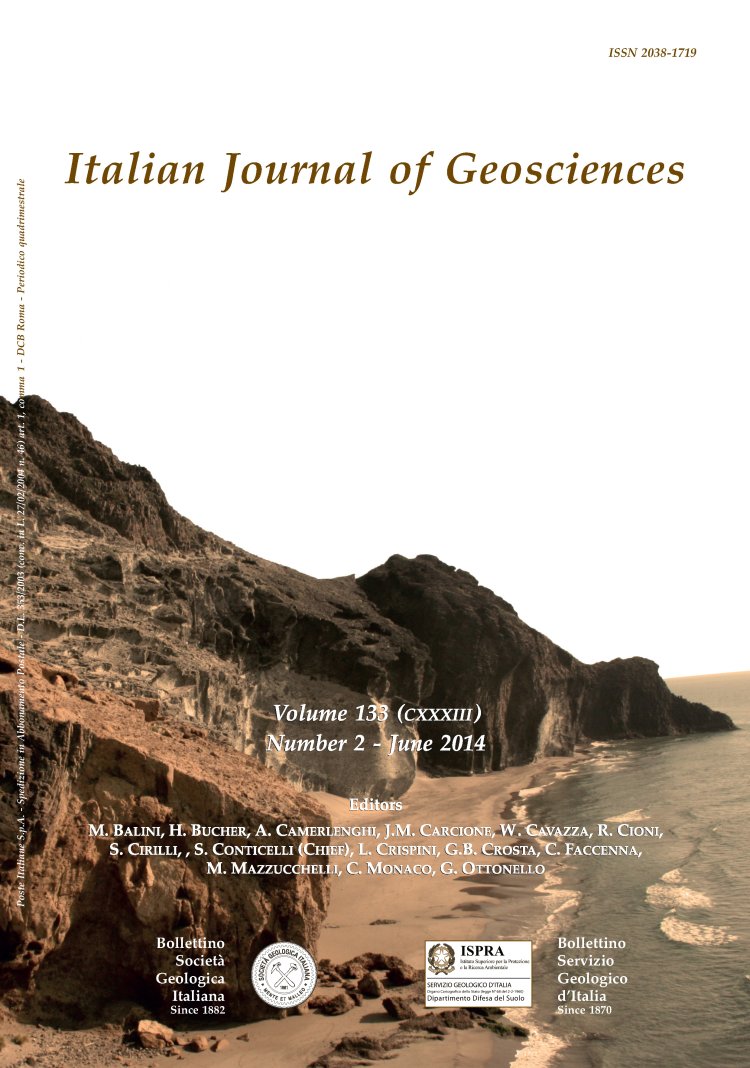
Geoheritage and sport climbing activities: using the Montestrutto cliff (Austroalpine domain, Western Alps) as an example of scientific and educational representativeness
Irene Bollati (*), Michele Zucali (*), Cristina Giovenco (*) & Manuela Pelfini (*)
(*) Earth Sciences Department “Ardito Desio”. Università degli Studi di Milano. Via Mangiagalli, 34 - 20133 Milan (Italy). Corresponding Author: irene.bollati@unimi.it. Tel.: 0039 0250315514; Fax: 0039 0250315494.
Volume: 133 (2014) f.2
Pages: 187-199
Abstract
Numerous sites of geological and geomorphological interest (i.e., geosites or geomorphosites) have been recently individuated around the Alps, testifying to the great geodiversity that characterises this mountain range. Some rock cliffs that have been locally equipped as sport climbing sites may also be considered as sites of geological and geomorphological interest: the combination of features such as educational exemplarity and geohistorical importance
increase the scientific value of these sites. Progression along climbing routes is intimately connected with the geological and geomorphological features of the cliff; thus, it may be possible to interest typical climbers in the area of the Earth Sciences.
A research study was conducted at the Montestrutto climbing wall (Western Alps, Italy), which is located in the Eclogitic Micaschist Complex of the Austroalpine Domain, with the following objectives: i) to reconstruct the deformation stages at local scales along the sport climbing wall and in the surroundings; ii) to analyse
how geological elements are related to the physical elements needed for vertical progression to strengthen the link among geology, morphology and the grade of the routes, and finally iii) to use previous results to evaluate the potential of Montestrutto as a geosite. The detailed study consisted of the quantitative analysis of five routes of varying degrees of difficulty, which produced an interesting relationship among the level of difficulty of the routes and the geological and geomorphological features of the sport climbing wall. The Montestrutto cliff is considered to be a valuable geosite because of the scientific importance (e.g., representativeness, educational exemplarity and geohistorical importance) associated with its high cultural and socio-economic value and high potential for use. Sport climbing in sites such as Montestrutto, which are both scientifically significant and accessible, also in terms of the level of climbing difficulty, could be considered as a possible vehicle for stimulating public interest in the Earth Sciences.
Keywords
Sites of geological and geomorphological interest, structural geology, Sesia-Lanzo Zone, sport climbing.
Get Full Text